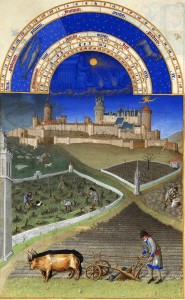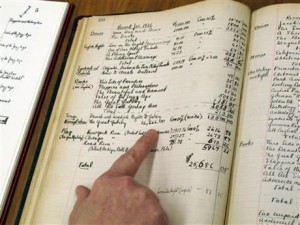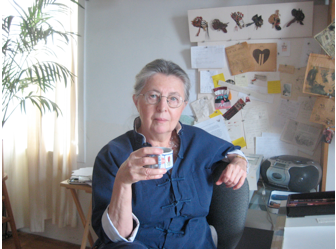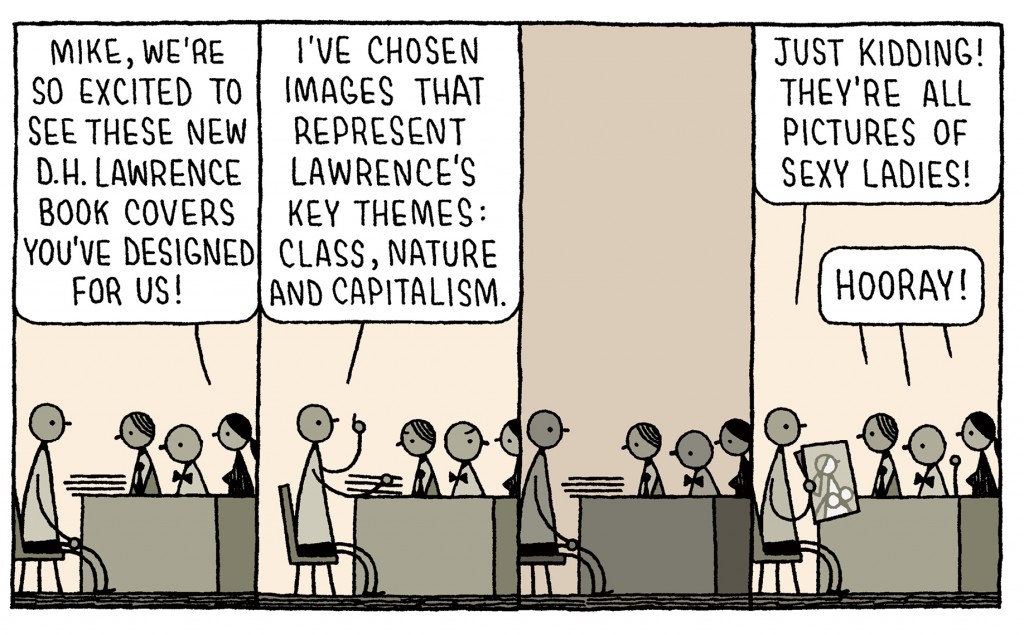Most small galaxies that stopped making new stars in the early universe never resumed operations. Something caused their celestial factories to shutter.
But researchers have erotice tv channelused the James Webb Space Telescope, a collaboration of NASAand its European and Canadian spacecounterparts, to zero in on a dwarf galaxy that bucked the trend, rebooting its star formation after a billions-of-years-long hiatus.
The dwarf galaxy, known as Leo P and about 5.3 million light-yearsfrom Earth, is offering new insights into galaxy evolution and the factors necessary to keep galaxies growing and churning out new stars.
"We have a measurement like this for only three other galaxies — all isolated from the Milky Way — and they all show a similar pattern," said Kristen McQuinn, the principal investigator on the study, in a statement.
SEE ALSO: Astronomers just witnessed a whole galaxy 'turn on the lights' in real-time The James Webb Space Telescope zeroed in on dwarf galaxy Leo P to study its star-formation history. Credit: NASA GSFC / CIL / Adriana Manrique Gutierrez illustration
The James Webb Space Telescope zeroed in on dwarf galaxy Leo P to study its star-formation history. Credit: NASA GSFC / CIL / Adriana Manrique Gutierrez illustration Astronomers have learned that galaxies tend to start out small and grow larger by collecting gas and merging with other galaxies. But most dwarf galaxies that made stars before the so-called Epoch of Reionizationnever got back to business after.
Reionization was an era of major transition that occurred more than 13 billion years ago. It was when the baby universe transformed from a neutral state to one filled with free electrons and protons.
Prior to it, the gas in the primitive universe was mostly opaque. That's why scientists refer to the period before as the cosmic "dark ages." Researchers are trying to better understand the processes that allowed the universe to become fairly transparent.
Because most of the tiny galaxies turned off their star-making activity in the first few billion years after the Big Bang, many scientists have thought reionization was the reason. But that understanding may be skewed by biased data.
 Researchers used Webb to take pictures of Leo P, gathering data for some 15,000 stars. Credit: NASA / ESA / CSA / K. McQuinn / J. DePasquale
Researchers used Webb to take pictures of Leo P, gathering data for some 15,000 stars. Credit: NASA / ESA / CSA / K. McQuinn / J. DePasquale Most studies have focused on small galaxies nearby, making it difficult to conclude whether it was reionization or some other environmental factors, like the influence of neighboring large galaxies, including the Milky Way. Galaxies in denser clusters are surrounded by hot gas, stymying the collection and cooling of gas needed to churn out new stars.
That's why McQuinn's team picked Leo P, a more isolated galaxy than the 80-or-so tiny ones within our region of space, known to astronomers as the "local group." The findings, presented at the 245th meeting of the American Astronomical Society in Maryland this past week, are published in The Astrophysical Journal.
Leo P — the P stands for "pristine" — is mostly composed of hydrogen and helium, the same primitive material that emerged out of the Big Bang. Given that most of the chemicals in the universe are thought to have come from exploded dead stars, scientists have rationalized that the firstborn starsmust have been almost entirely formed of these original elements.
 Reionization was an era of major transition that occurred more than 13 billion years ago. Credit: NASA / STScI
Reionization was an era of major transition that occurred more than 13 billion years ago. Credit: NASA / STScI The researchers used Webb to take pictures of Leo P, gathering data for some 15,000 stars. By measuring their brightness and color, astronomers could estimate the stars' ages. This allowed them to map out the stellar birth rate over time.
The team speculates that high heat in the galaxy may have suspended star formation. Then, as the universe cooled down, stars began to form again. But why would Leo P experience a renaissance that many others galaxies of its kind wouldn't?
Perhaps it's not just the mass of the galaxy that mattered but whether it was close to larger galaxies, too.
The team intends to study four more isolated dwarf galaxies to see if they share similar star-forming history.
Topics NASA
 Tesla used car prices are cratering
Tesla used car prices are cratering
 Falling Men: On Don DeLillo and Terror by Chris Cumming
Falling Men: On Don DeLillo and Terror by Chris Cumming
 Apple Watch now monitors low
Apple Watch now monitors low
 Apple Watch now monitors low
Apple Watch now monitors low
 Tesla sales are reportedly falling globally. How bad is it?
Tesla sales are reportedly falling globally. How bad is it?
 ‘Black Mirror’s ‘Joan Is Awful’ has 1 key line that foreshadows the ending
‘Black Mirror’s ‘Joan Is Awful’ has 1 key line that foreshadows the ending
 Challenges, and Other News by Sadie Stein
Challenges, and Other News by Sadie Stein
 Figma offers free design program to all K
Figma offers free design program to all K
 Classified Zuma spacecraft may have failed after SpaceX launch
Classified Zuma spacecraft may have failed after SpaceX launch
 Happy Birthday, Angela Carter by Sadie Stein
Happy Birthday, Angela Carter by Sadie Stein
 LAFC vs. Colorado Rapids 2025 livestream: Watch Concacaf Champions Cup for free
LAFC vs. Colorado Rapids 2025 livestream: Watch Concacaf Champions Cup for free
 The Born Identity: An Interview with Sayed Kashua by Alice Greenberg
The Born Identity: An Interview with Sayed Kashua by Alice Greenberg
 Fitzgerald’s Bookkeeping, and Other News by Sadie Stein
Fitzgerald’s Bookkeeping, and Other News by Sadie Stein
 How to make a TikTok
How to make a TikTok
 'Black Mirror' episode 'The National Anthem' is still essential
'Black Mirror' episode 'The National Anthem' is still essential
 An Enormous Amount of Pictures: In the Studio with Miriam Katin by Yevgeniya Traps
An Enormous Amount of Pictures: In the Studio with Miriam Katin by Yevgeniya Traps
 The Funnies, Part 4 by Tom Gauld
The Funnies, Part 4 by Tom Gauld
 Best Sonos deal: Save $50 on Sonos Era 100
Best Sonos deal: Save $50 on Sonos Era 100
 'Black Mirror's 'Beyond the Sea': What's the significance of the song?
'Black Mirror's 'Beyond the Sea': What's the significance of the song?
Here's where to buy your solar eclipse glassesRick Perry was pranked (twice) by a pair of Russian jokesters and we're all doomedThe White House is cracking down on brokers selling your data to China and RussiaBest speaker deal: The Soundcore Anker Motion Boom speaker is under $75 at AmazonEmilie Rae's Simp Wine: Getting drunk on the bevvy for foot fetishistsBest Echo deal: The Amazon Echo Show just dropped to under $90 at Best BuyHere's where to buy your solar eclipse glassesCecil the Lion's son killed by trophy hunterThe Navy's silent drone destroyer is this ridiculously powerful laserBest streaming deal: Save $50 on YouTube's NFL Sunday Ticket packagesMore news organizations are suing OpenAI for copyright infringementElectronic Arts announces layoffs and cancels Star Wars gameBest speaker deal: Save $80 on the Marshall Stanmore IIIDon't buy a new MacBook Air, iPad – updates are reportedly around the cornerBest TV deal: Smsung's The Frame TV is under $1,000 at AmazonWordle today: The answer and hints for February 29Google is shutting down the YouTube Kids app for TVGalaxy AI: Any Android, iOS phone can try it now. Here’s how.Looking for a vacation splurge? Consider this space hotelThis tiny Japanese space agency drone is giving us a glimpse of life in space Mary McCarthy Speaks Looking at “Evidence,” One of the ’70’s Most Influential Photo Books Five Limericks (in the Style of Edward Lear) Staff Picks: Jane Bowles, Soviet Poetry, Yasunari Kawabata, and More May Swenson’s “Daffodildo,” a Lusty Poem for May Booze in the USSR: Soviet Anti It’s Time to Formulate an Opinion on Rauschenberg (Everyone’s Doing It) Finding Refuge in the “Green Mountains” of Vermont A Pink Guggenheim? Frank Lloyd Wright Nearly Made It So The Art of Photographing People in Their Cars Remembering Jean Stein, 1934–2017 How Fonograf Editions Is Bringing Poetry Back to Vinyl Gustav Wunderwald Painted the Quieter Side of Weimar Berlin Staff Picks: Proust, Sheepdogs, Lydia Davis, and More Anelise Chen: Delighting in the Mollusks of Art History Michael Chabon on Carsickness, Unsung Heroes of Pittsburgh Post Three Bite Brechtman: A Comic by Joe Frank and Jason Novak The Art of Whipped Cream: Paintings by Mark Ryden Surface Noise: What We’ve Lost in the Transition to Digital
3.5382s , 10195.046875 kb
Copyright © 2025 Powered by 【erotice tv channel】,Charm Information Network